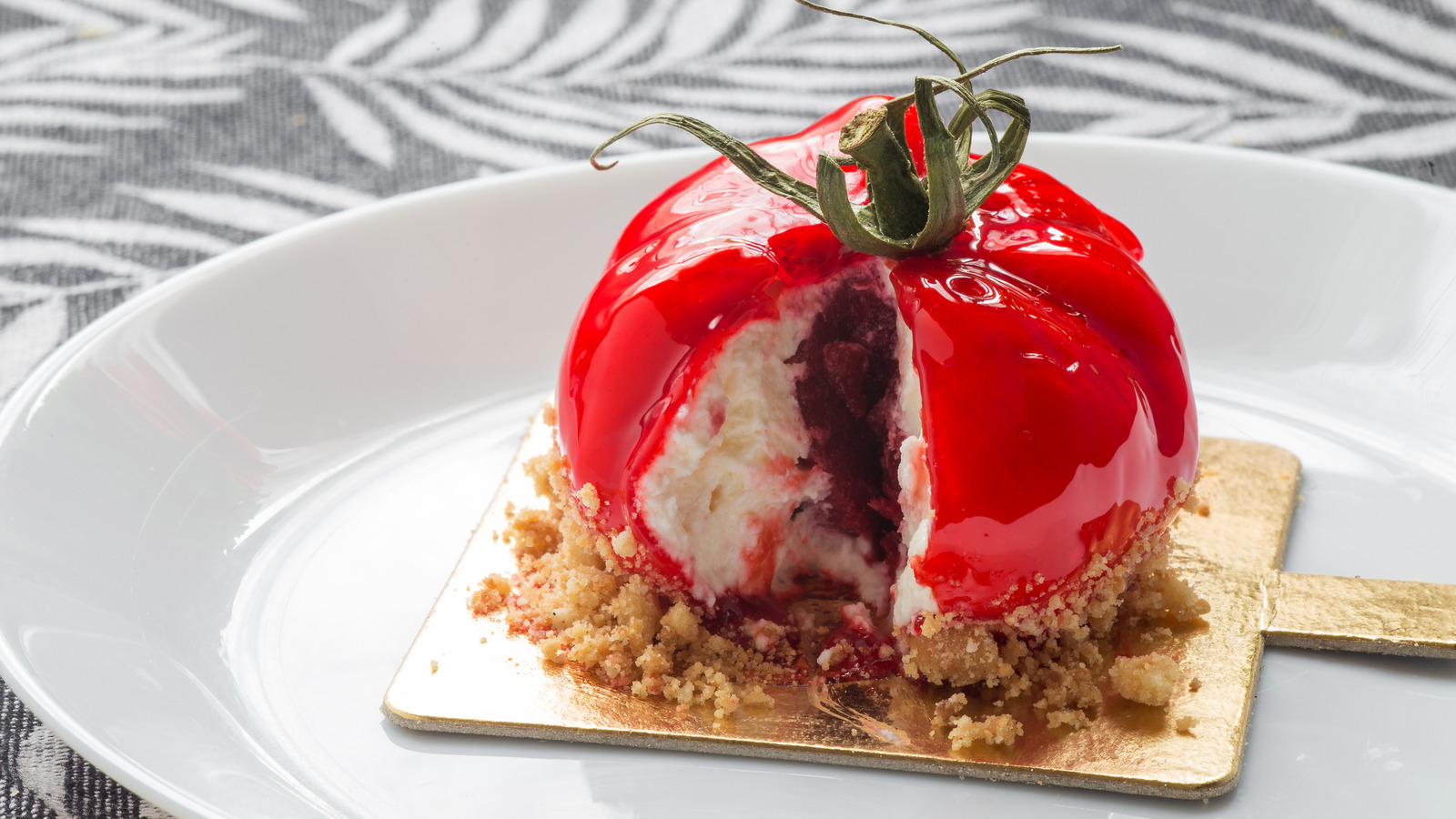
"Long before TikTok reels of pear and apple-shaped pastries spammed our phones, 19th-century French chef Antonin Carême was shaping sugar and confectionery into what looked like lyres and gondolas. But he certainly wasn't the first creative to try to trick audiences with deceptive forms. While cheesecake that looks like corn and pastries that look like works of art might seem like new viral sensations, this practice of fooling audiences is one that has been embraced by artists for centuries."
"He painted some of his works to appear so realistic that viewers weren't exactly sure if they were looking at a two-dimensional representation or an actual object. This style of painting is what is known as trompe l'oeil. Not only has this mastery of deception captivated art lovers, but culinary artists have also taken it upon themselves to practice the technique."
Trompe l'oeil uses visual deception to make painted or crafted objects appear real. Historical practitioners ranged from ancient Greek painters to Renaissance ceiling artists and 19th-century chefs who shaped confectionery into elaborate forms. Jean-Étienne Liotard and others executed portraits and objects with hyperrealism that confused viewers about two-dimensional versus three-dimensional surfaces. Street artists continue the tradition by creating optical illusions on sidewalks and buildings. Culinary artists adapt the technique by shaping, flavoring, and texturing food to resemble unexpected savory or sweet items, using sight, taste, texture, and smell to surprise diners.
Read at Tasting Table
Unable to calculate read time
Collection
[
|
...
]